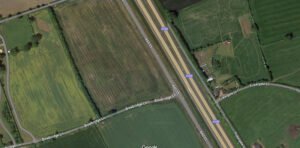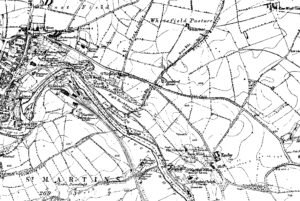Brigantian Druidry, as understood through ancestral teachings and historical reflection, was a system deeply rooted in finding personal truth within the context of individual experience and lineage.
Period: Iron Age
Jul 06
Syncretism through the ages
Jul 03
Boadicea
Jun 23
Iceni
Jun 19
Guide – Agricultural practices through time
Prehistoric Yorkshire is a landscape rich with history, revealed through various archaeological finds that offer a glimpse into the ancient past. The oldest evidence of human activity in this region dates back to around 125,000 years ago, but it is the later periods, particularly the Iron Age, that have yielded significant discoveries related to ploughing and farming.
Jun 14
Venutius
Venutius was a notable figure in the 1st-century history of northern Britain, known primarily as the king of the Brigantes during the Roman conquest. The following text summarises what we can potentially understand about him, and tries to tie him to places and other possibilities that are not supported by the historical record. At the end of the section, what records to exist are explained.












